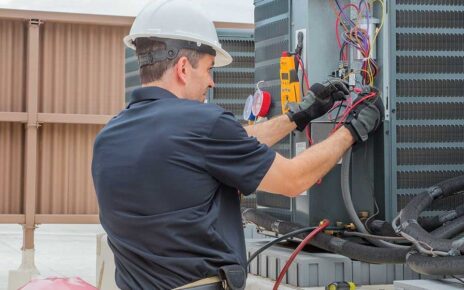Introduction –
What are coliform bacteria? Coliform bacteria are tracked down in soil, surface water, on plants, and in the intestines of warm-blooded creatures and people. One type of coliform bacteria called Escherichia coli (E. coli) is an indication that faecal waste is in the water. Some types of E. coli in drinking water can make you wiped out. What health problems can coliform bacteria cause? Most coliform bacteria are not unsafe. However, some can make you wiped out. A person that has been exposed to these bacteria might have an upset stomach, spewing, fever, or diarrhoea. Children and the elderly are more in danger from these bacteria. Take E. coli bacteria seriously when found in drinking water. Some E. coli can make you debilitated or even cause death. It is very important that you do a coliform testing of your water.
How Does Coliform Bacteria Get into Well Water –
When coliform bacteria are washed into the ground by downpour, melting snow, or water system, it can get into drinking water. Coliform bacteria can be from: Forests, pastures, or feedlot overflow, Wild or domestic creature waste, inadequately maintained septic systems. Coliform bacteria can enter your water on the off chance that you have: A damaged wellhead (the piece of the well that is above ground) including the packaging or potentially well covers. An unplugged or abandoned well in the area. A new well not properly disinfected. Drinking water pipes connected to non-drinking water sources, for example, waste water, clothing sinks, or garden hoses.
How Can You Say Whether You Ought to Test Your Well for Coliform Bacteria?
The Michigan Department of Health and Human Services (MDHHS) recommends testing your water for coliform bacteria (test includes E. coli) every year. Bacteria can appear arbitrarily and, sometimes, seasonally. Test your water if: Your water’s taste, variety, or scent changes suddenly. People drinking the water experience an upset stomach, spewing, fever, or diarrhoea. The water turns shady after it rains or flooding happens near the wellhead. A source (septic system or farm) is inside 50 feet of your well. Testing your water, call your nearby health department or a certified drinking water research center to get a test unit. Carefully adhere to the test pack directions. Misusing the test pack bottle can show bacteria when there is none in your water. For example, bacteria on your hands could get into the water bottle. Send your water sample to a certified drinking water research center.
Testing Water Annually –
MDHHS recommends testing your water every year for coliform bacteria (test includes E. coli). When coliform bacteria and E. coli are not found in the water, you can use your water for drinking, cooking, washing and any remaining water-related activities. When coliform bacteria, E. coli, or both are tracked down in the water, converse with your nearby health department to identify and fix the problem. Until the problem is fixed, use another source of water, for example, bottled water for drinking, cooking, preparing child recipe or food, washing produce, cleaning your teeth or whatever other use where you might swallow the water.
Work with Registered Driller –
On the off chance that you are unable to use another source of water, you can carry your water to a full moving heat up (a heat up that does not quit gurgling when stirred) for 1 minute to dispense with the coliform bacteria and E. coli. You can save and use the water for drinking and cooking once boiled. Your nearby health department might suggest getting your well disinfected. Work with a registered well driller to inspect the well before disinfection. Repairs to the well might be needed. Disinfecting may take several times to be free of coliform bacteria and E. coli.




